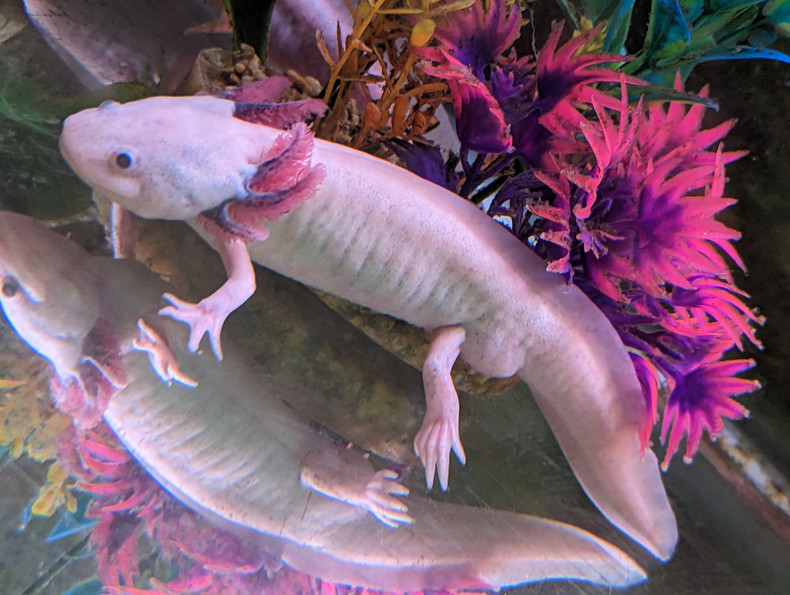Axolotls are fascinating creatures known for their regenerative abilities and unique appearance. These aquatic salamanders make captivating pets, but one question that often arises for new axolotl owners is how to determine the gender of their beloved amphibian. While it can be challenging to differentiate between male and female axolotls, there are several indicators you can look for to help you identify the gender of your axolotl. In this article, we will explore these characteristics and provide you with a guide to discerning whether your axolotl is a boy or a girl.
1. Cloacal Bulge: The cloaca is a common opening in amphibians through which waste and reproductive fluids are expelled. In male axolotls, you will notice a distinct swelling near the cloaca, known as the cloacal bulge. This bulge is more prominent in sexually mature males and is absent in females.
2. Tail Shape: Another characteristic that can aid in determining the gender of your axolotl is the shape of its tail. Male axolotls typically have a longer and thicker tail in comparison to females. The tail may appear more muscular and gradually taper towards the end. In contrast, female axolotls have shorter and more slender tails.
3. Cloacal Papillae: Cloacal papillae are small protrusions located near the cloaca. In male axolotls, these papillae tend to be more prominent and longer. They are usually white or pinkish in color. Female axolotls, on the other hand, have shorter and less pronounced papillae.
4. Behavior and Aggression: Males tend to exhibit more aggressive behavior, especially during the breeding season. They may engage in territorial disputes, chasing, and nipping at other axolotls. Females, on the other hand, are generally more docile. Observing your axolotl's behavior can provide additional clues to its gender.
5. Breeding Tubercles: During the mating season, male axolotls may develop small, raised bumps known as breeding tubercles on their bodies. These tubercles are most commonly seen on the head, tail, and limbs. Female axolotls do not typically develop breeding tubercles.
It is important to note that determining the gender of an axolotl can be challenging, especially in juveniles or immature individuals. The characteristics mentioned above become more apparent as the axolotls reach sexual maturity, usually around 12-18 months of age. Additionally, some individuals may exhibit traits that do not fit neatly into either male or female categories, which can make gender identification even more difficult.
If you are still uncertain about the gender of your axolotl after considering these indicators, it is advisable to consult an experienced axolotl breeder or veterinarian who can provide expert guidance based on their knowledge and experience.
Understanding the gender of your axolotl can be an exciting step in caring for these unique creatures. Whether you have a male or female axolotl, providing them with a suitable habitat, a proper diet, and a clean environment will ensure their health and well-being. Remember to observe your axolotl regularly, as they are known for their quirky behavior and captivating aquatic antics, regardless of their gender.
Check out the axolotls at www.TheMottledLotl.com/axolotls-for-sale

